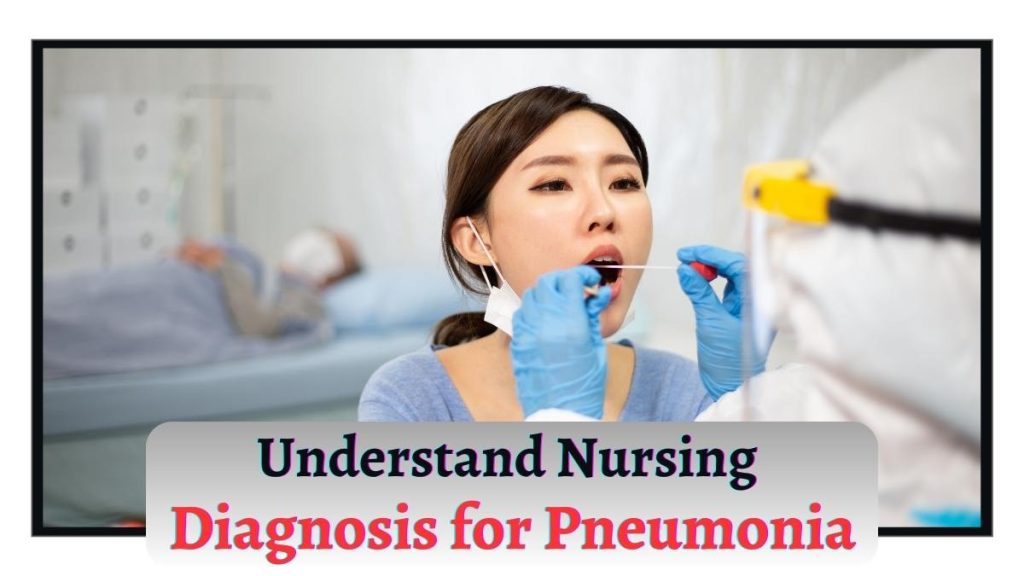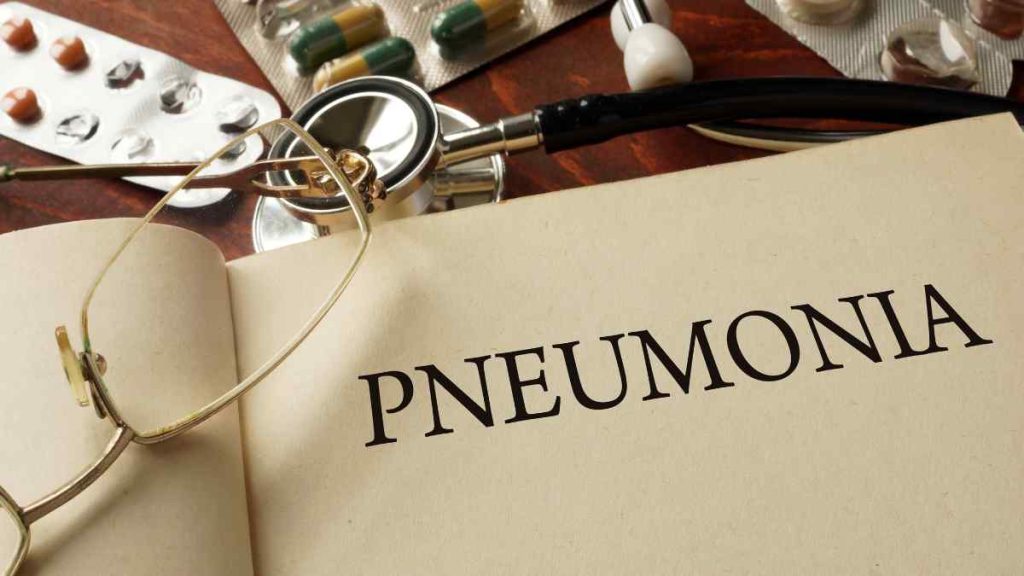- Oak Brook:(630) 705-9999
- Chicago:(312) 920-8822
- Email:inquiry@vervecollege.edu
- Make a Payment
- Home
- Programs
- Admission
- Resources
- ATI Entrance Exam Resources
- New E-Digital Library
- Refer a Friend
- School Newsletter
- Events
- Employers
- Job-Network
- Alpha Beta Kappa Candidates
- Verve College Library
- Graduation and Pinning Ceremony Photo Galleries
- Textbook Information
- Career Services
- Tutoring
- School Catalog
- FAQ
- Constitution Day Program
- Alumni
- Verve College Plans
- Financial Aid
- HEERF Reporting
- Satisfactory Academic Progress
- Apply For Financial Aid
- Net Price Calculator
- Return of Title IV Funds (R2T4)
- Financial Aid Office Code of Conduct
- Contact
- FAQs
- Verification Policy
- Vaccination Policy
- Student Right-to-Know Act
- Misrepresentation
- Information Security Program
- Academic Award Year
- Availability of Employee
- Cost of Attendance
- Health & Safety Exemption Requirement
- Students Rights and Responsibilities
- Leave of Absence
- Pell Formula
- Military Students
- Grants/ Scholarship Policy
- Contact Us
- Testimonials
- Blog
Is a Nursing Career Right For You?
Take The Free Quiz
Understand Nursing Diagnosis For Pneumonia
Understand Nursing Diagnosis For Pneumonia
An infection called pneumonitis can be deadly; therefore, anyone experiencing signs or symptoms must seek immediate medical assistance and seek help immediately for a nursing diagnosis of pneumonia.
What is Pneumonia?
Pneumonia, or pneumonitis, is a respiratory illness that impacts the lungs. Various agents, including bacteria or viruses, could result in it. Pneumonia can be separated into two categories, acute and chronic, get in more detail from LPN nursing programs. Pneumonia initially presents with flu-like symptoms of fever, chills, and cough. Pneumonia may progress to more serious signs like shortness of breath and chest pain.
What Causes Pneumonia?
Many bacteria, fungi, and viruses may contribute to pneumonia onset. Pneumonia bacteria typically enter our bodies through our noses. Once inhaled into our lungs, signs such as:
- Fever
- Chills
- Shortness of breath
- Bloody mucus in the lungs
Viral infections like influenza or cold can result in pneumonia. Coughing, respiratory infection, white blood count, blood pressure high, and sneezing spread it, making this condition even more prevalent during wintertime when more time is spent indoors. Inflammatory reactions could eventually result in pneumonia and lung enlargement. To know more, search for a practical nursing program near me and expand your knowledge.
What is a Nursing Diagnosis For Pneumonia?
Nurses can assess an individual for PPD by looking at their symptoms and providing supportive care, respiratory conditions education, and prevention techniques as part of this nursing diagnosis process in patient reports.
As soon as symptoms arise, you should promptly evaluate them. Monitor body temperatures, respiration rates, and heartbeat rates to ascertain a response rate to treatment and determine its success.
Common Nursing Diagnosis For Pneumonia Patients
Deficient Knowledge
People newly diagnosed with pneumonia often feel stunned and overwhelmed at its discovery, frequently unaware of lifestyle factors that contributed to its progression or its means of transmission.
Malnutrition
Being sick with pneumonia can be exhausting, and patients can quickly become too exhausted to eat properly, leading to nutritional deficiency, weakening immunity, and delayed healing.
Infection
Infection of certain strains of pneumonitis may spread rapidly when inadequate precautions are not observed. If any contagious illnesses appear in the workplace, follow your organization’s infection control protocol and notify your supervisor immediately.
Activity Intolerance
Over-exertion may worsen Pneumonia symptoms and slow recovery time; Pneumonia patients typically need help getting around initially after being diagnosed, particularly during their recovery phase.
Tissue Perfusion
Nurses regularly assess vital signs and search for further symptoms to ensure the lungs have sufficient oxygen, including shortness of breath or rapid heartbeats if tissue perfusion has become compromised. If this has occurred, symptoms could include reduced lung capacity or shortness of breath.
Psychosocial Integrity
Seeking permission before speaking with family can hasten recovery, so only share knowledge in their best interest.
How Long Does It Take to Diagnose Pneumonia?
One of the first telltale symptoms of pneumonia is an unexpected increase in temperature, including chills. Any fever reaching 104 degrees should be addressed quickly as this indicates your patient’s immune system has been weakened due to illness; as seen by their elevated fever, they’ll likely be fighting off something called sepsis, which can result in organ failure or even lead to their demise.
Pneumonia Types
Community-Acquired Pneumonia (CAP), commonly called bacterial infections, is one of the most frequent forms of pneumonia. Existing bacteria cause them within an individual’s system, which could become dangerous if their population becomes widespread enough.
Aspergillus fungus infection occurs when this rarest type of pneumonia infection grows within your patient and inflames lung tissue, leading to inflammation.
Setting goals for one form of pneumonia involves inhalation. Pneumonia occurs when someone inhales food or saliva, which leads to lung infection the respiratory status should be normal range. Inebriation or sleep deprivation often prevents movement as this could prevent oxygen from reaching all parts of the system resulting in pneumonia.
HAP can quickly spread in hospitals. Surgery or being hit in the chest are known risk factors; to protect their safety and avoid future illness, they should remain vigilant of warning signals for HAP infection.
Hospital-acquired pneumonia, commonly called nosocomial pneumonia, affects individuals previously admitted to hospital care. Nosocomial pneumonia typically strikes when your patient feels poorly but hasn’t contracted an infection yet when bacteria or fungus enter their lungs through any avenue and cause nosocomial pneumonia.
What Prevention Measures Can Reduce The Risk of Pneumonia Infection?
Nursing home residents, particularly elderly individuals, can lower their risk of infection through vaccination and other preventative measures. Elderly people are much more at risk for these infections than children and younger adults.
There are various vaccines designed to guard people against pneumonitis. The Pneumococcal, Polysaccharide vaccine is one remedy that helps ward off pneumonia caused by certain germs; to know more, join private nursing schools.
As influenza can cause pneumonia and symptoms, an influenza vaccine could protect your patient against developing pneumonia. Only certain vaccines offer protection from this illness, so to determine which option would work best for your patient, it’s important to discuss all available vaccinations with their healthcare provider. Make sure your patient receives the appropriate immunization against pneumonia.
 Sign up
Sign up Login
Login





